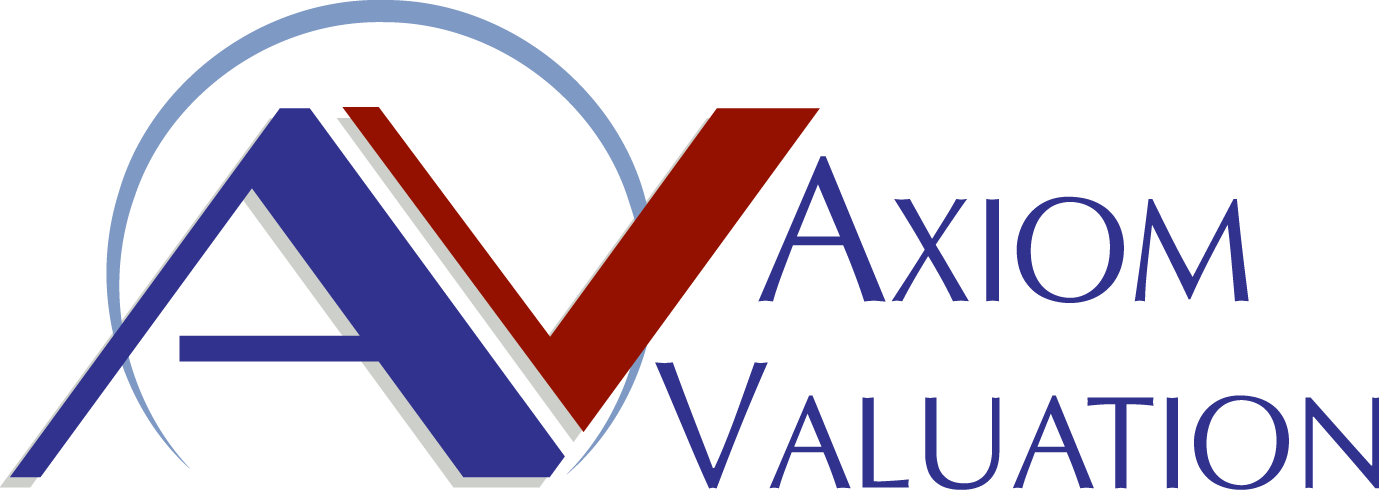Valuation Issues Raised by Financial Accounting Statement 142
Excerpt taken from Dr. Stanley J. Feldman’s A Primer on Calculating Goodwill Impairment
The accounting rules governing business combinations, goodwill and intangible assets changed as a result of the FASB introducing Financial Accounting Standard (FAS) No: 141, Business Combinations, and No. 142, Goodwill and Other Intangible Assets, on June 30, 2001. The introduction of 141 removed the use of pooling when accounting for acquisitions in favor of the purchase method. FAS142 provides guidance for determining whether tangible and intangible assets and goodwill have lost market value, or in the language of the FASB have been impaired, subsequent to their purchase. Both 141 and 142 break new ground since they focus on the “fair market values” rather than book values of acquired assets, liabilities and goodwill.
Implementation of 142 raises critical business valuation issues that center on measuring the fair market value of a reporting unit. Based on the language of the Statement and Appendix B in particular, the Board has concluded the following:
- Goodwill is measured at the reporting unit level.
- Testing for goodwill impairment requires that the reporting unit be valued.
- The fair market value of the reporting unit is equal to what a willing buyer would pay for full control of the reporting unit when the buyer and sellers are not under any compulsion to transact.
- In most instances, the Board recognizes that the value of a reporting unit will be estimated using a discounted cash flow methodology. FAS 142 is consistent with Concepts Statement 7 which states (refer to paragraphs 39-54 and 75-88 of Concepts Statement No.7, Using Cash Flow Information and Present Value in Accounting Measurements) that a “present value technique is often the best available technique with which to estimate the fair value of a group of net assets (such as a reporting unit). The cash flows that are expected to materialize should reflect estimates and expectations that marketplace participants would use to develop fair market value estimates of the reporting unit.”
- Appendix E of FAS 142 summarizes relevant sections of Concepts Statement 7 as it relates to calculating the present value of cash flows. This Statement indicates that where appropriate, the present value calculation should reflect discounts for lack of liquidity and/ or marketability.
- Based on the above, the value of a non-public reporting unit should reflect a premium for control and a discount for lack of marketability.
- If the value of the reporting unit is less than its carrying value, then this may indicate that goodwill is impaired. To test for this, the Statement requires that the standalone fair market value of all identified tangible and intangible assets be established. The difference between the fair market control value of the reporting unit and the aggregated standalone value of identified assets is equal to implied goodwill. If this value is less than the carrying value of goodwill, then goodwill is deemed to be impaired.
- FAS 142 requires that intangible assets be identified, allocated to reporting units, and valued accordingly. Appendix A of the Statement gives examples of classes of intangible assets. They are: customer lists, patents, copyright, broadcast licenses, airline route authority, and trademarks.


No Comments
Leave a Reply